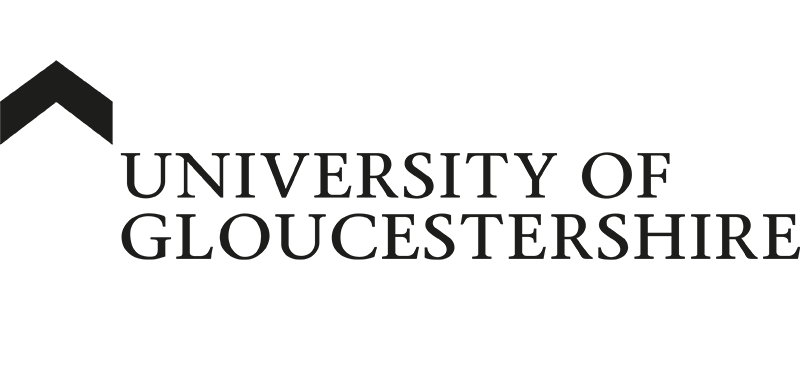| Equity & Diversity
accessible Environments

Today’s blog is going to be looking at the different barriers one may face in their workplace or educational setting in which can affect their work/education potential. This comes after attending WECIL’s Disability Inc event ‘Inclusive Futures’. This was an insightful and inspiring event with messages from those who have lived experience. May also celebrates Global Accessibility Awareness Day (16th May 24’) and Deaf Awareness Week (from 6th May 24’) making this a great opportunity to raise awareness for inclusive/accessible environments!
what is a Barrier?
Everybody will face barriers within their workplace/educational setting but for individuals with disabilities these are much more frequent and result in a greater impact. There are 7 categories for barriers:
- Attitudinal (stereotyping, assumptions, stigma)
- Communication (Lack of differing communication styles i.e. braille, large print, video captioning, manual interpretation)
- Physical (structural obstacles i.e. steps, high shelves, non-adjustable furniture, accessibility toilet locked, no automatic doors)
- Policy (Lack of law enforcement i.e. Denying or unaware of access to gov schemes/funding)
- Programmatic (limiting effective healthcare i.e. inconvenient scheduling)
- Social (social detriments of health i.e. People with disabilities are more likely to experience violence)
- Transportation (Lack of adequate transport i.e. lack wheelchair spaces on busses, inclusive taxi’s having extortionate prices)
Here is a short clip exemplifying some barriers individuals may face and the adaptations made to accommodate these, created by the ‘Unlimited’ Charity (an organisation that commissions disabled artists to show their work).
Addressing Ableism and moving toward cultural change
- Physical and digital accessibility
- Flexible/remote learning/working
- Proactive communication
- Adhere to and review Inclusion/Diversity policies (including gov schemes/funding etc)
- Review recruitment practices (pre-questions, allow time for answers etc.)
- Review examination practices (coursework, portfolios, presentations etc.)
- Inclusive Planning (onsite and offsite: meetings, interviews, field trips, change in classroom location etc.)
- Language awareness (offensive, overly complex language)
- Open listening (take on board feedback from the lived experience)
- Confronting ableism (challenge, look at unconscious bias, microaggressions)
Breaking down barriers will ensure those with disabilities are able to participate in work or class and not miss out on essential learning/information/opportunities. Barriers can often force people to leave their setting, it is our responsibility to ensure individual needs are met to allow those with disabilities to work at their best. As a disability confident leader, this is what the university aims to continue and progress upon as a part of our commitment to the scheme.
Education and training are essential to ensure some understanding of experience and policies. Gaining lived experience knowledge will feed into some ways in which barriers can be broken but also open eyes to the barriers an environment may have and what needs addressing.
Thank you, Holly.
Follow our Instagram https://instagram.com/uogequality to keep updated on what we’re up to!


Useful Resources:
Home – Disability.Inc. (disabilityinc.org.uk)
Real stories from WAIT members – Disability.Inc. (disabilityinc.org.uk)
Resources – Unlimited (weareunlimited.org.uk)
Rights and Perceptions: National Disability Strategy explained – The Disability Unit (blog.gov.uk)



